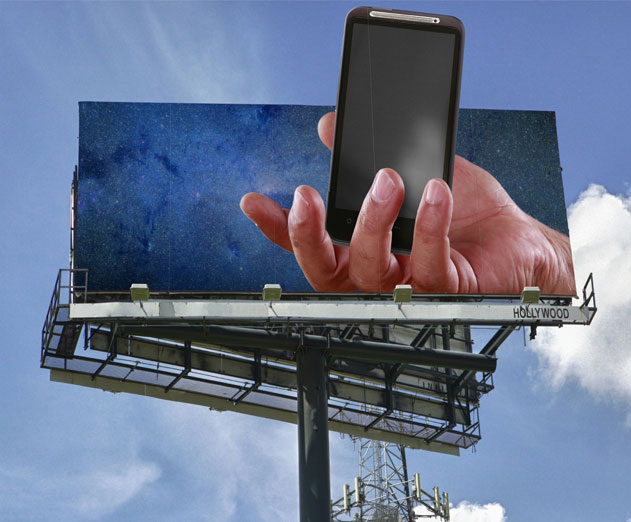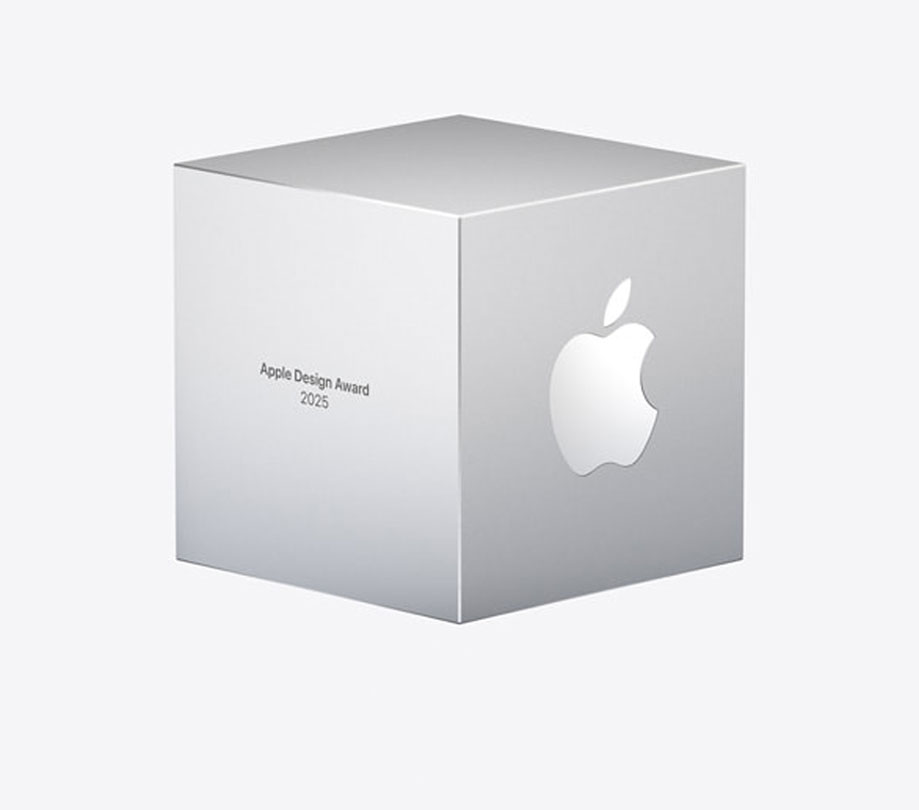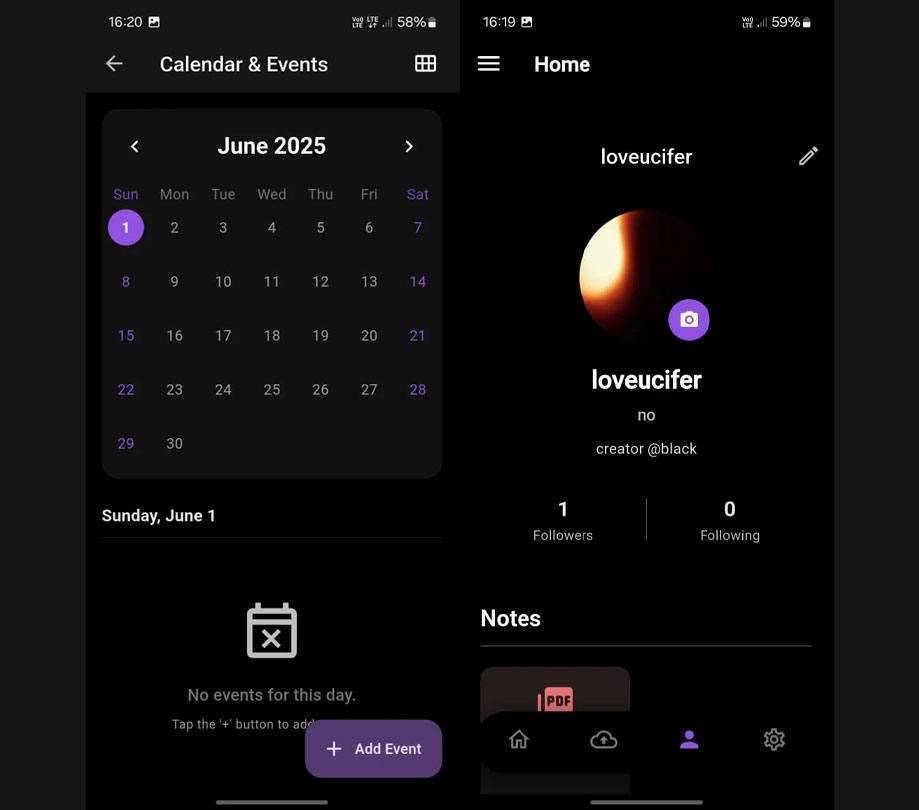Monetize
Native Ad Units on Mobile Do's and Don'ts
Thursday, April 2, 2015

|
Eddie de Guia |

Native advertising has been practiced online since 2000, but it was only in 2014 that it exploded onto mobile. In addition to native ads in mobile Web browsers, in-app native advertising is growing in popularity across news, gaming, messaging, and other types of apps.
Capitalizing on the in-app advertising opportunity is critical; users spent 86 percent of their mobile time in applications in 2014, up from 67 percent just the year before. Advertisers want to get in the game, but what are the pros and cons of using native ad units on mobile?
A comprehensive strategy considers not only the new formats available to native publishers, but also the enhanced function and user experience. Done right, native ads fit seamlessly into your app or mobile website design and actually improve both relevance and engagement for users.
Whether you're just considering or already planning a mobile native ads strategy, use these Do's and Don'ts to guide you confidently forward/
Mobile Native Advertising Do's
- Focus on function: One of the greatest benefits of native ads in mobile is that they don't distract the user from whatever it is they're doing in your app already. The best native ads function in the same way as the organic content within the app. A user scrolling down a feed, for example, should find viewing and interacting with sponsored content no different from doing so with the organic content supporting it.
Discover flexible formats: It's a common misconception that native means a new ad type or format. In truth, online and mobile native advertising is a framework that can be applied to any app or mobile website. This flexibility means app developers don't need to struggle to fit native content in a pre-existing format; rather, content is flexible in a formatted way.
Prioritize user experience: Banner blindness is ubiquitous in mobile as much as online. However, 53 percent of users reported to BIA Kelsey that they're more likely to look at a native ad than a banner ad. Native ads offer rich content, but also fit the form and functionality of the app itself. Consumers don't feel drawn away from utilizing the app and are compelled to engage even more, as the native ad experience enhances the app experience as a whole. Use relevant native ad content and design for a consistent, compelling experience within your app, across native and organic content.
Mobile Native Advertising Don'ts
- Don't let conventional native advertising wisdom guide your mobile strategy: One of the most common criticisms of native advertising pertains to the way sponsored content is represented in online news media and in search engine results. It may be described as deceptive or misleading; as an attempt to distract viewers from organic content in favor of paid. This isn't a concern for mobile native ad publishers, so don't let it color your decision to try it out within your app. In mobile, you're not competing for eyes on the ad content versus the organic – you're creating an alternative revenue channel with higher CPMs and greater engagement.
- Don't reinvent the wheel: Advertisers need to be able to buy a particular format at scale, but when ad formats become too customized, programmatic buys become difficult or impossible. Using an adapter enables advertisers to utilize the existing creative they used on Facebook or in Google AdWords within the native format. Publishers offering this ability to use existing elements within the native frame extend the demand side a very attractive benefit: less work and more value in the investments they've already made.
- Don't sabotage your UX with a clunky SDK: Turnkey app monetization solutions are an attractive option for app factories and less experienced developers, but most rely on Software Development Kits (SDKs) for app integration. The challenges for experienced developers and publishers are many, with constant updates and data-hogging among them. The greatest concern though is the negative impact on users when the situations inherent to SDK-driven monetization inevitably occur.
An SDK takes up more data from the publisher, but also adds an extra MB or two to the app size, which can discourage installs in the first place. Once installed, an app can actually crash if the SDK breaks; the frequent need to update makes this an ongoing issue. Overall, you're giving up a lot of control and an SDK leaves developers who care a lot about their product and user experience wanting for transparency and flexibility. Choose an API-based monetization solution instead, which gives back control over the data you're sending and the impact of the technology on the user experience.
Plan to Succeed with a Comprehensive Mobile Native Ads Strategy
Native in mobile shouldn't be a monumental shift in your monetization strategy, nor is it designed to replace what may already be working for you. It's an opportunity for publishers to create an alternative revenue stream; to build on their successes and reach users in new, more compelling ways.
Developers can cut the native ads learning curve with these tips:
- Test, test and test again. Everyone says this about ads, but that's because it's critical.
- Get your user perspective on right from the initial stages of development. Where do you expect an ad to be in the app? Where do you feel that you might respond to an ad? How could it add to the overall function of the page? What additional value can you offer the user? Answer the need and you'll nail engagement.
- Get creativewith your native concepts. Native isn't new; it's been done before both on- and offline. Think of what you might expect to see or experience on the Internet and in the physical world. For example, a client of ours created a navigational billboard-style native ad – the type you would see in shopping malls across America. It's familiar and offers the ultimate native experience.
- If you're brand new to native, use metrics in your existing banner and interstitial campaigns to create benchmarks against which to measure your mobile native performance. Once you're established and have more data at your disposal, your CTRs, engagement and other metrics will help you optimize on an ongoing basis to ensure the best ROI.
What is your greatest mobile native advertising challenge? Let us know in the comments.
Read more: http://scopetrader.com/partner/link/?ref=Native Ad
This content is made possible by a guest author, or sponsor; it is not written by and does not necessarily reflect the views of App Developer Magazine's editorial staff.

Become a subscriber of App Developer Magazine for just $5.99 a month and take advantage of all these perks.
MEMBERS GET ACCESS TO
- - Exclusive content from leaders in the industry
- - Q&A articles from industry leaders
- - Tips and tricks from the most successful developers weekly
- - Monthly issues, including all 90+ back-issues since 2012
- - Event discounts and early-bird signups
- - Gain insight from top achievers in the app store
- - Learn what tools to use, what SDK's to use, and more
Subscribe here













Comments